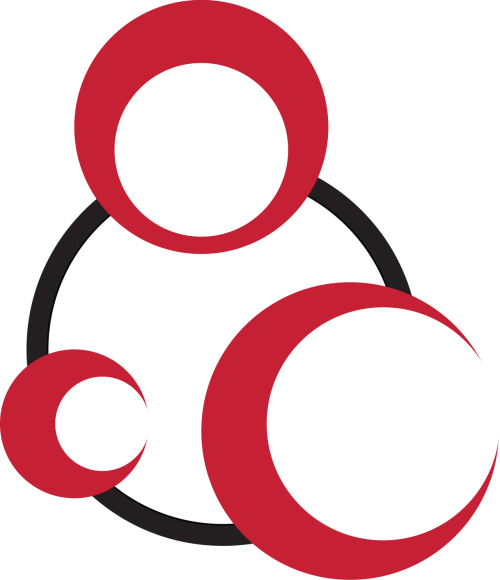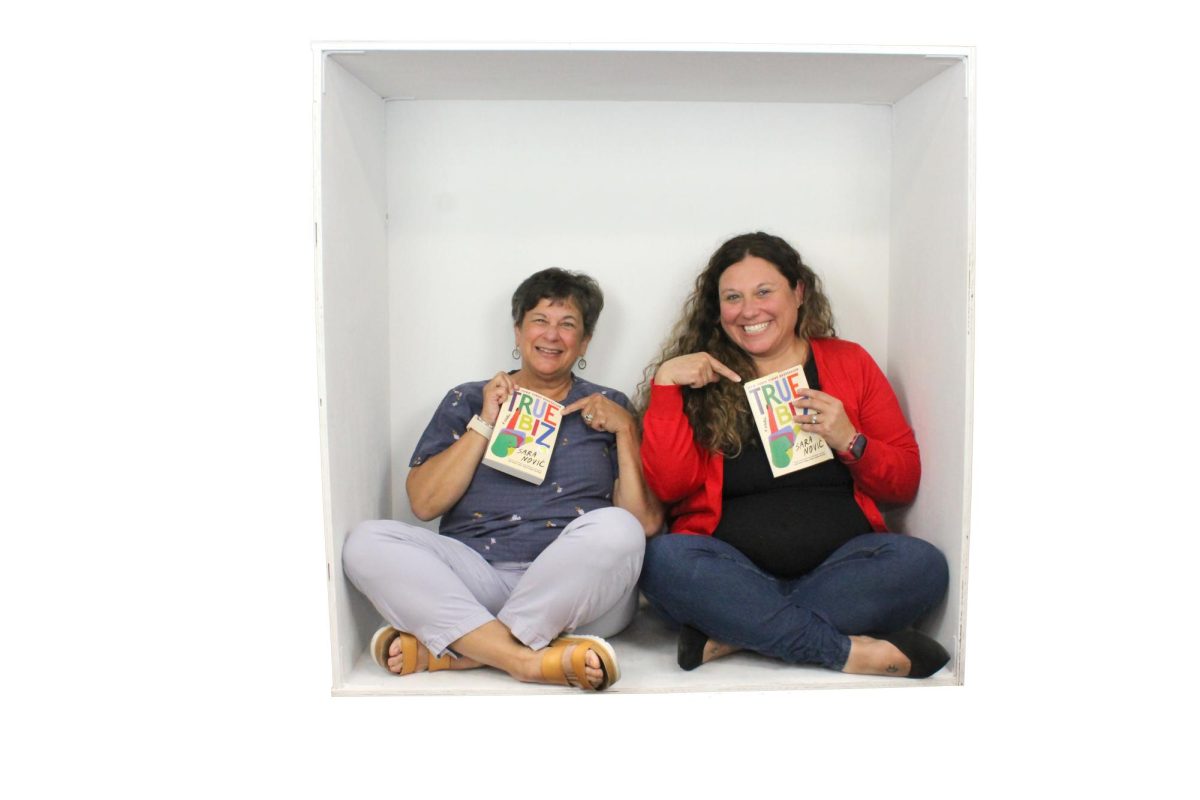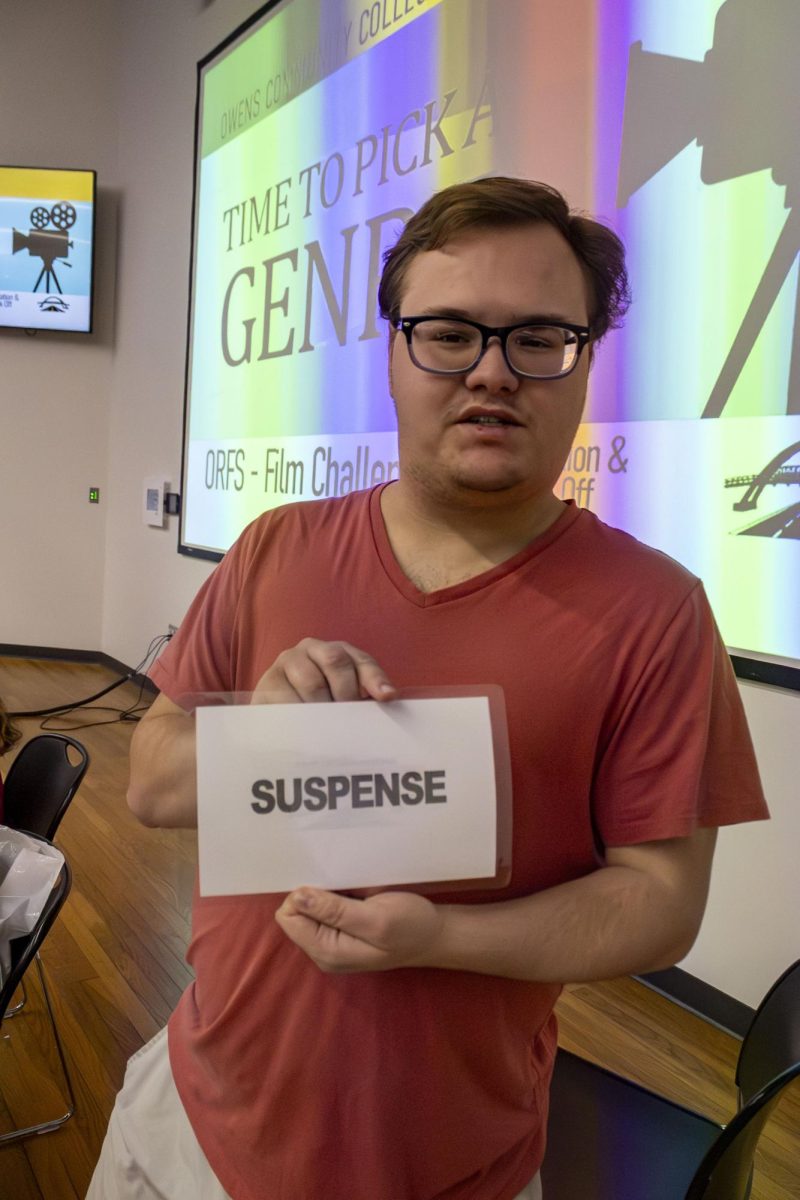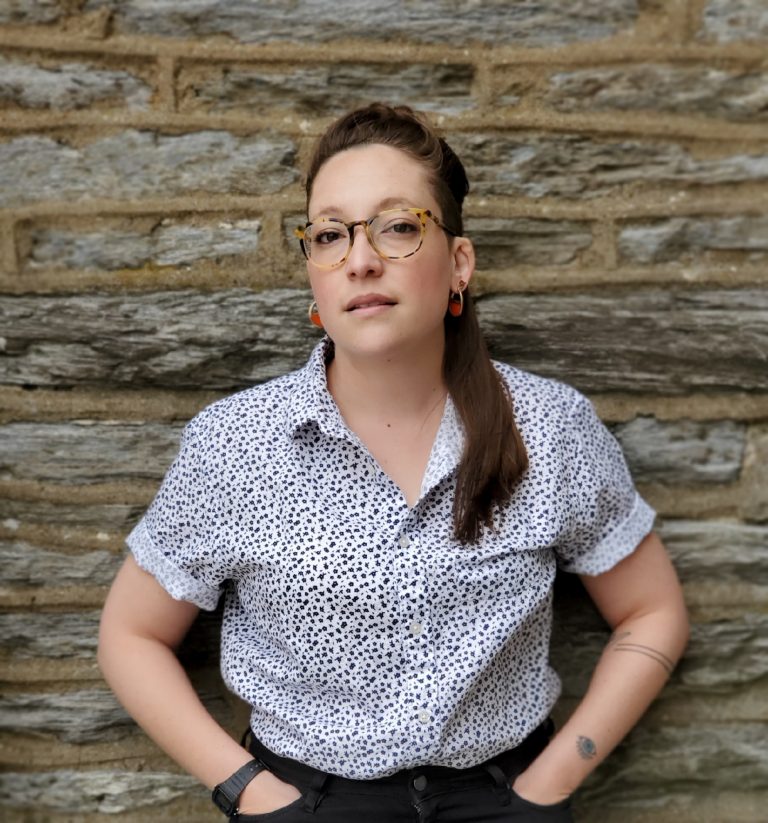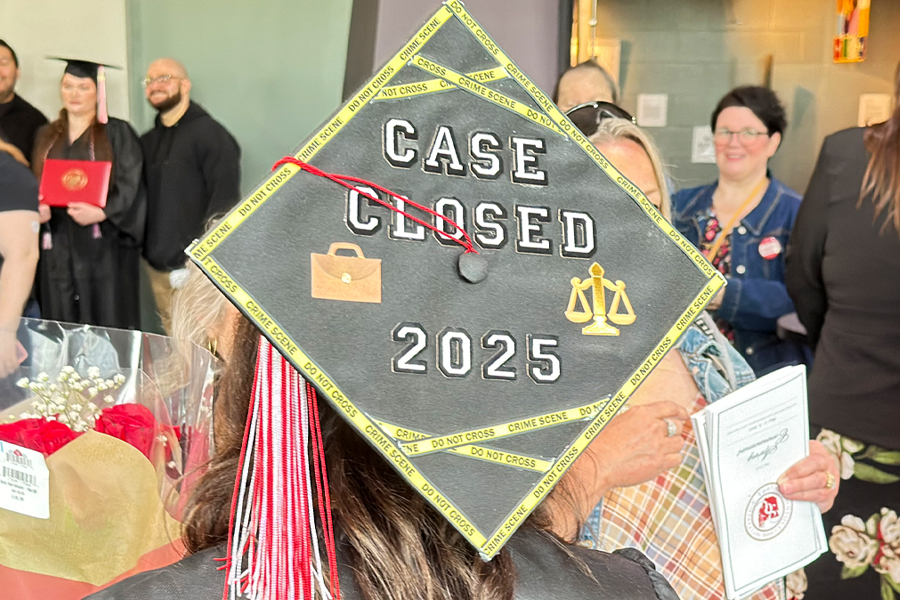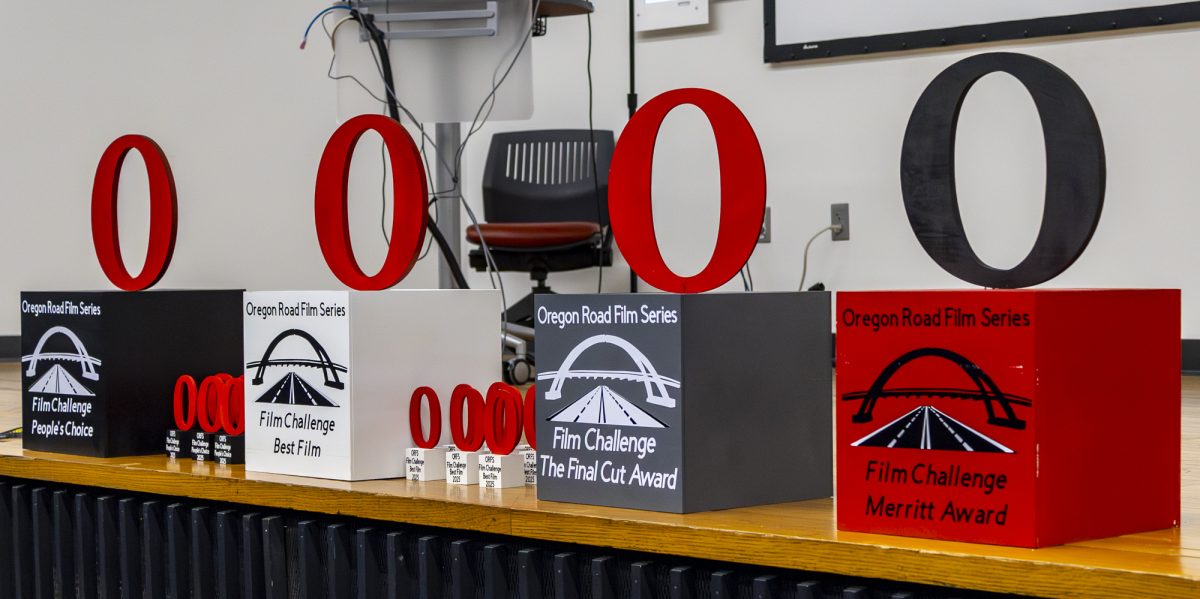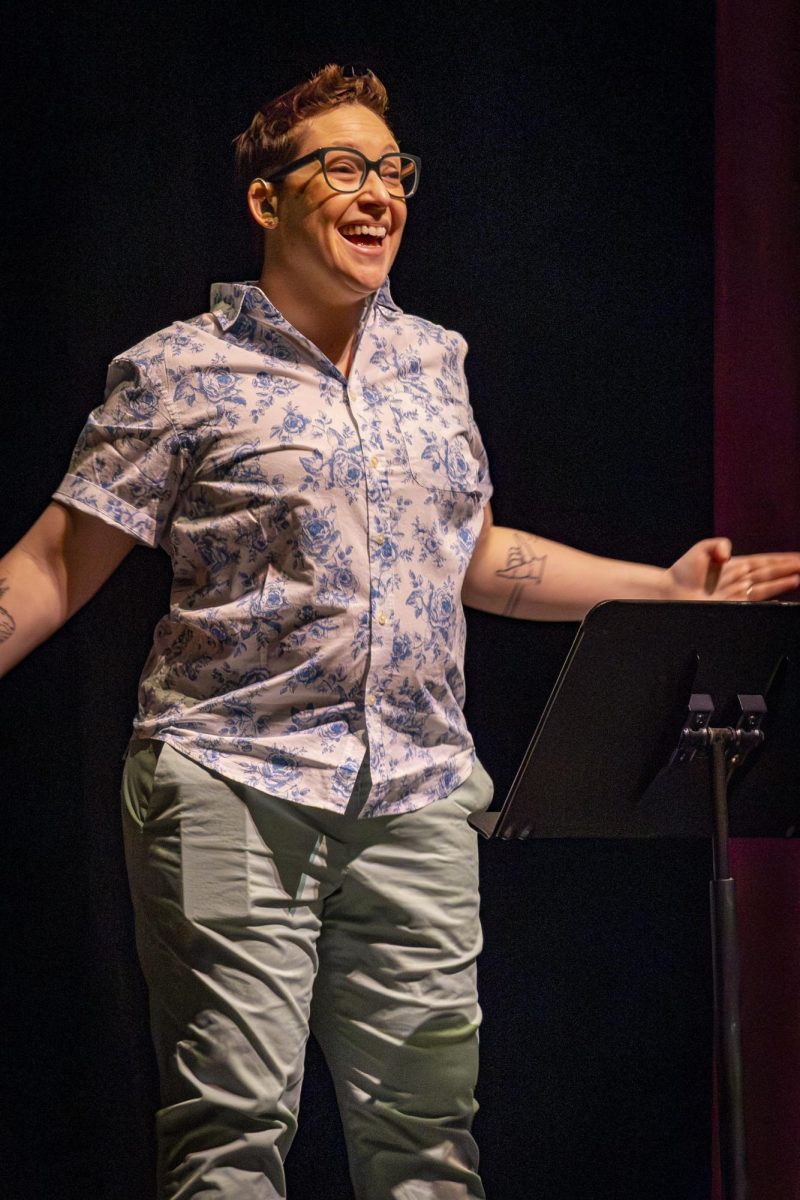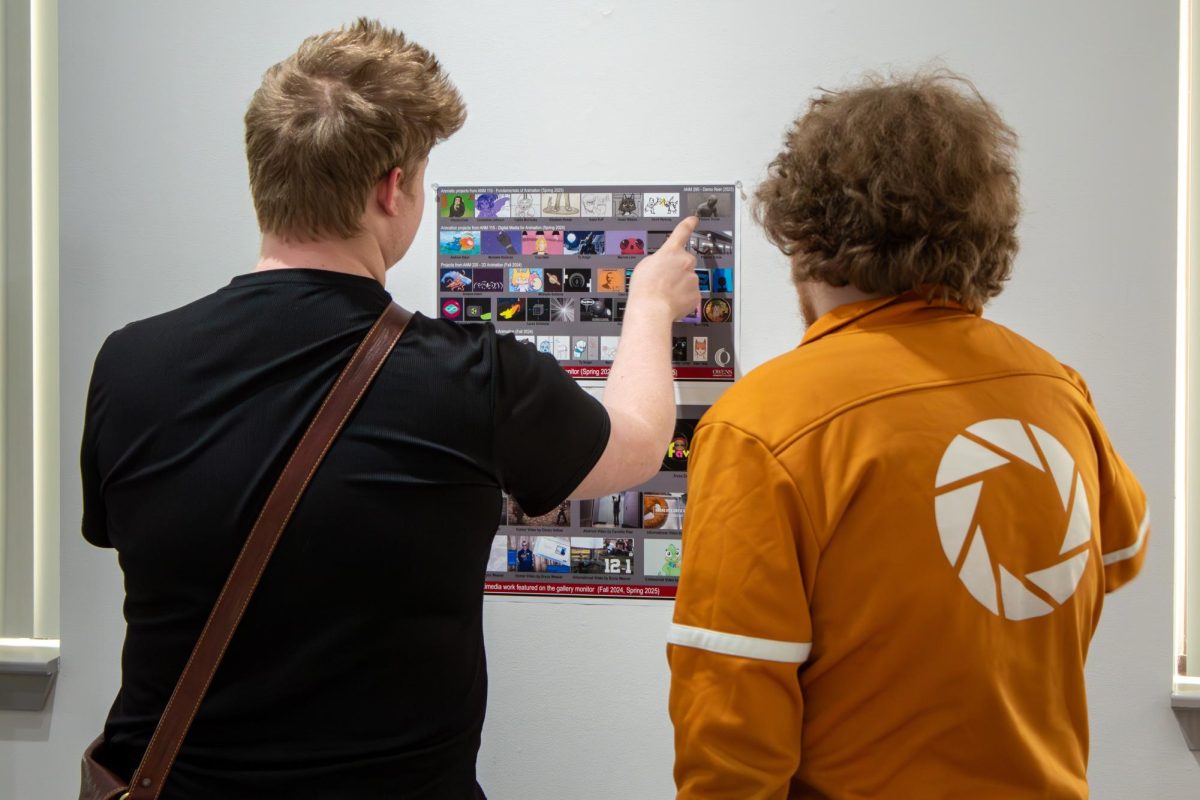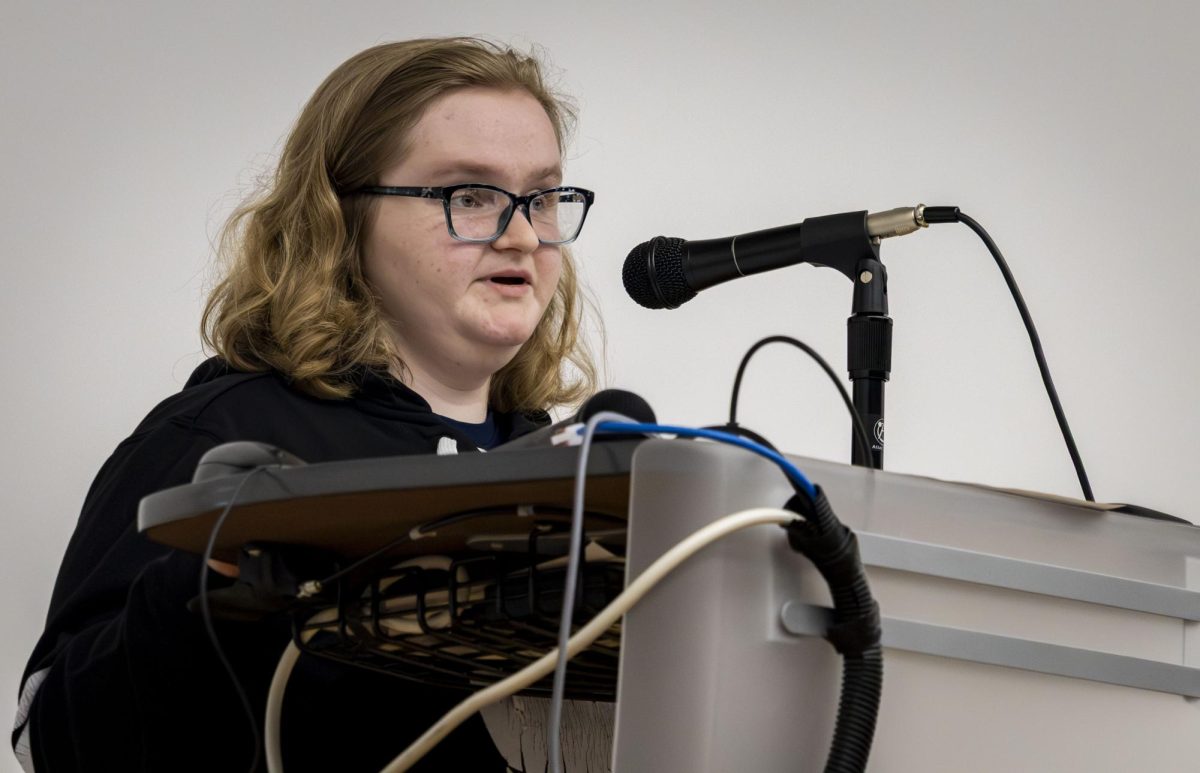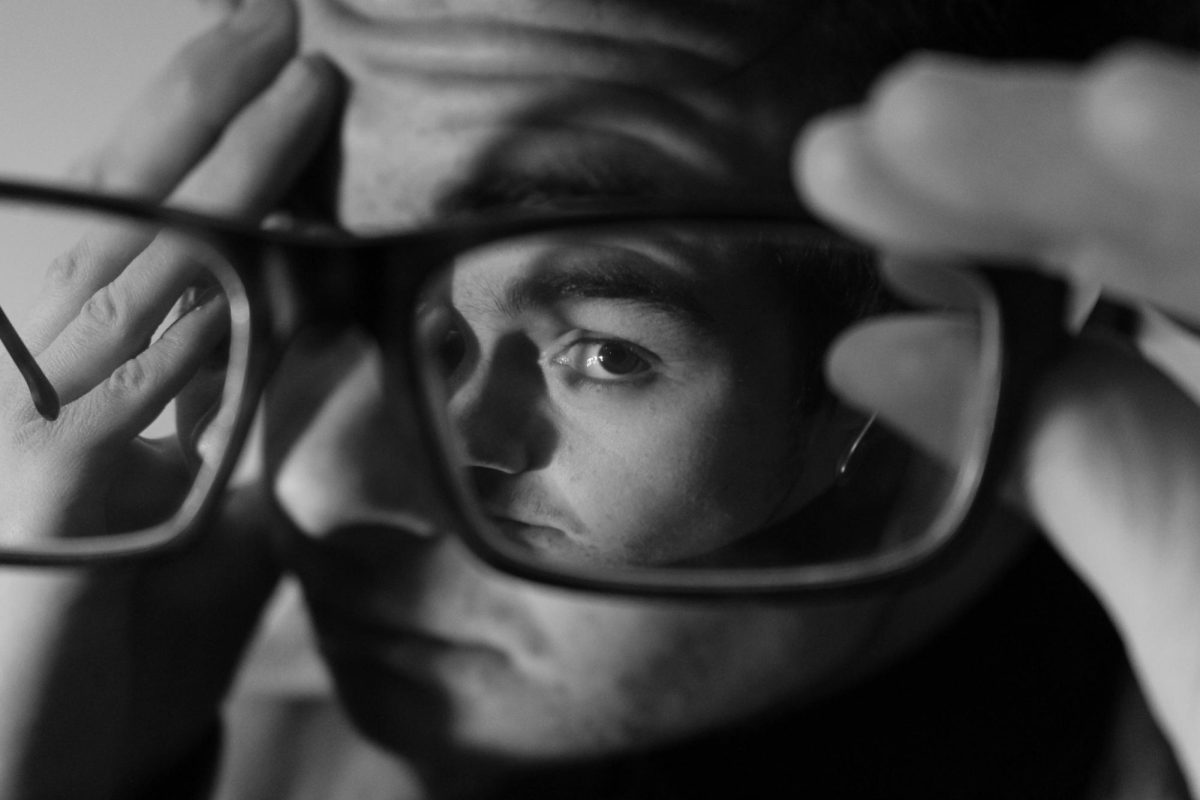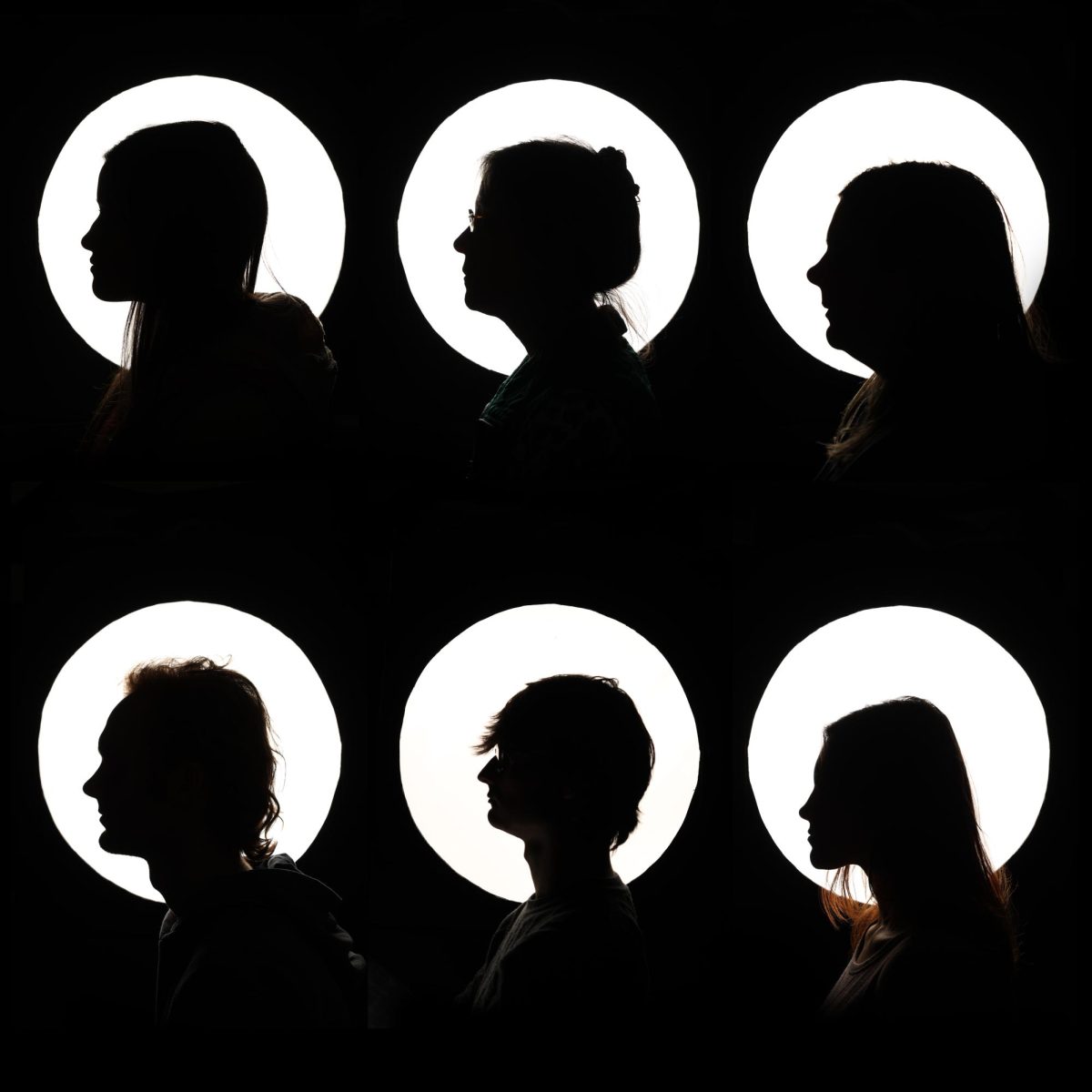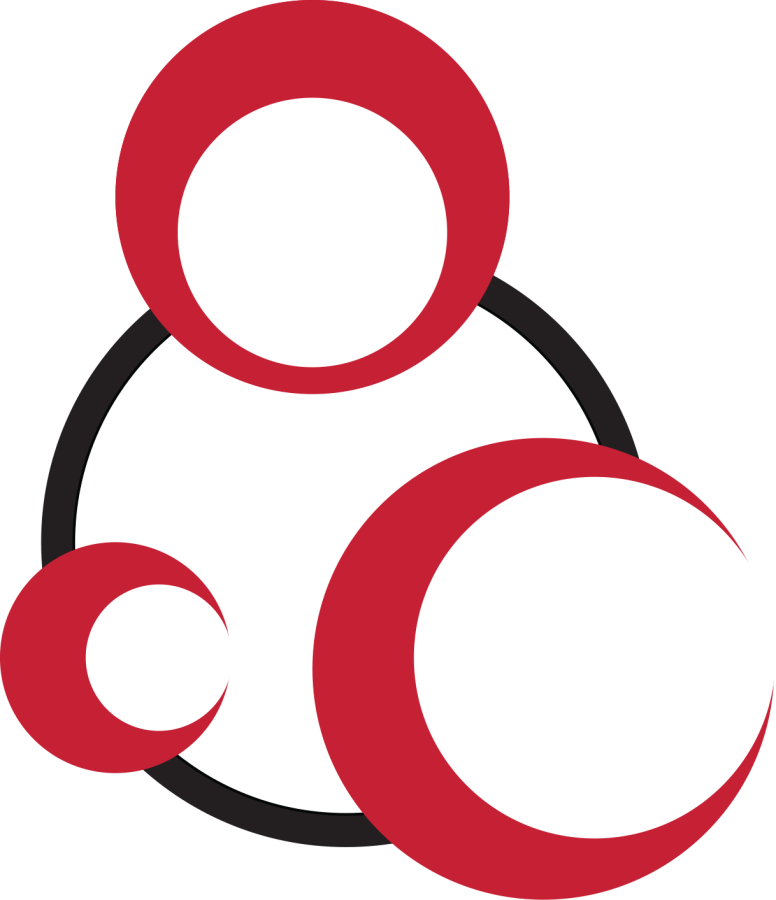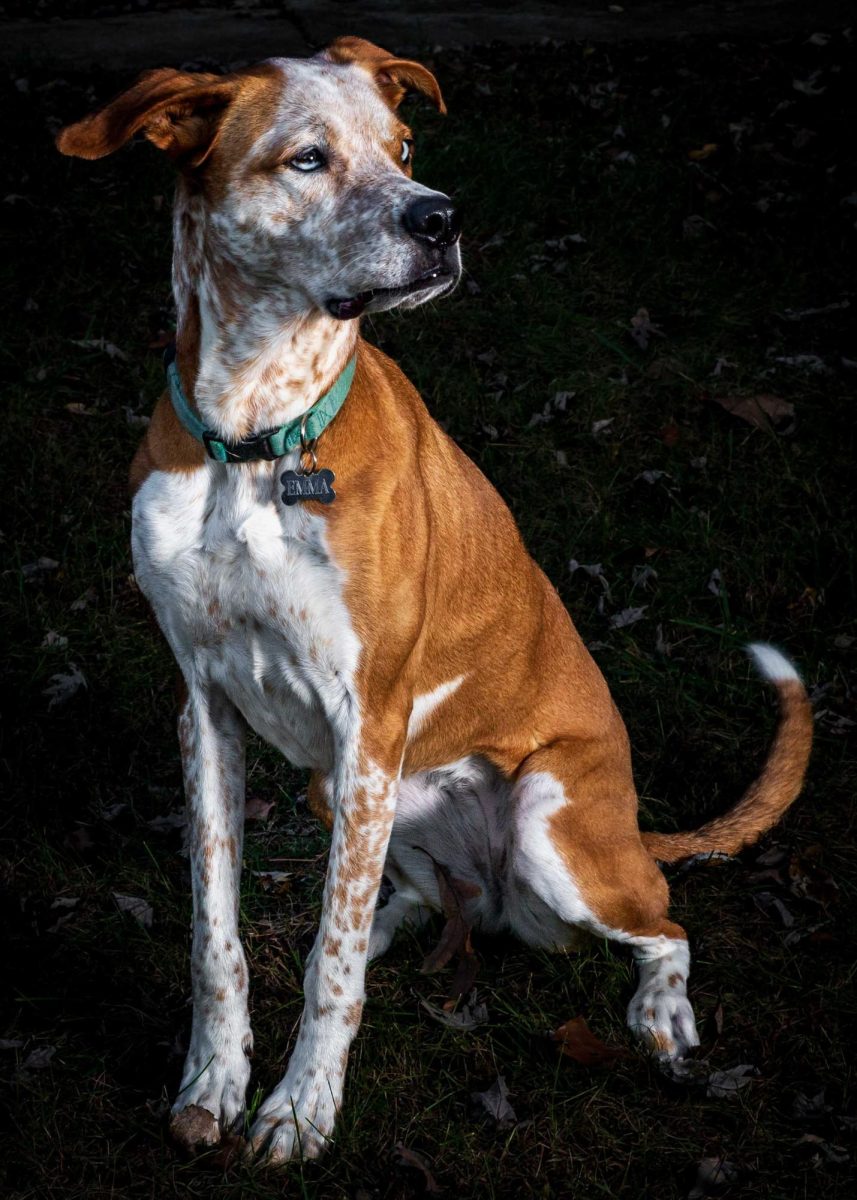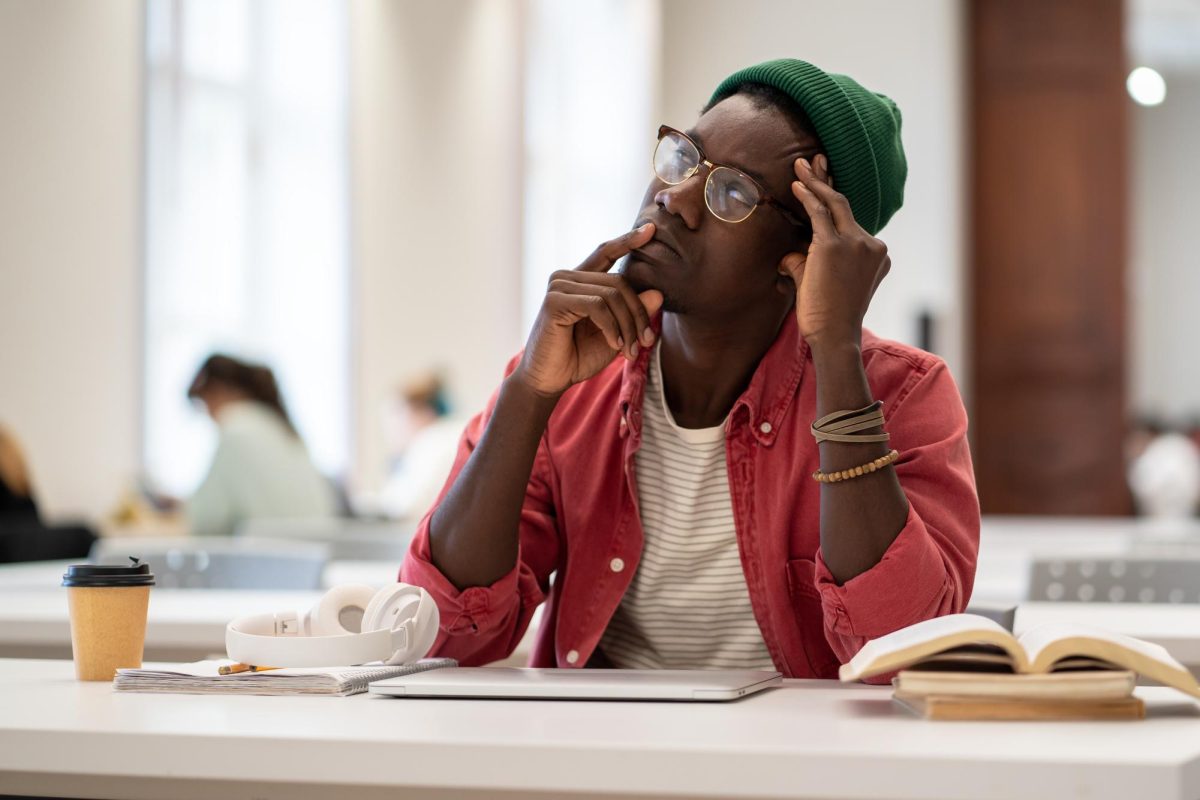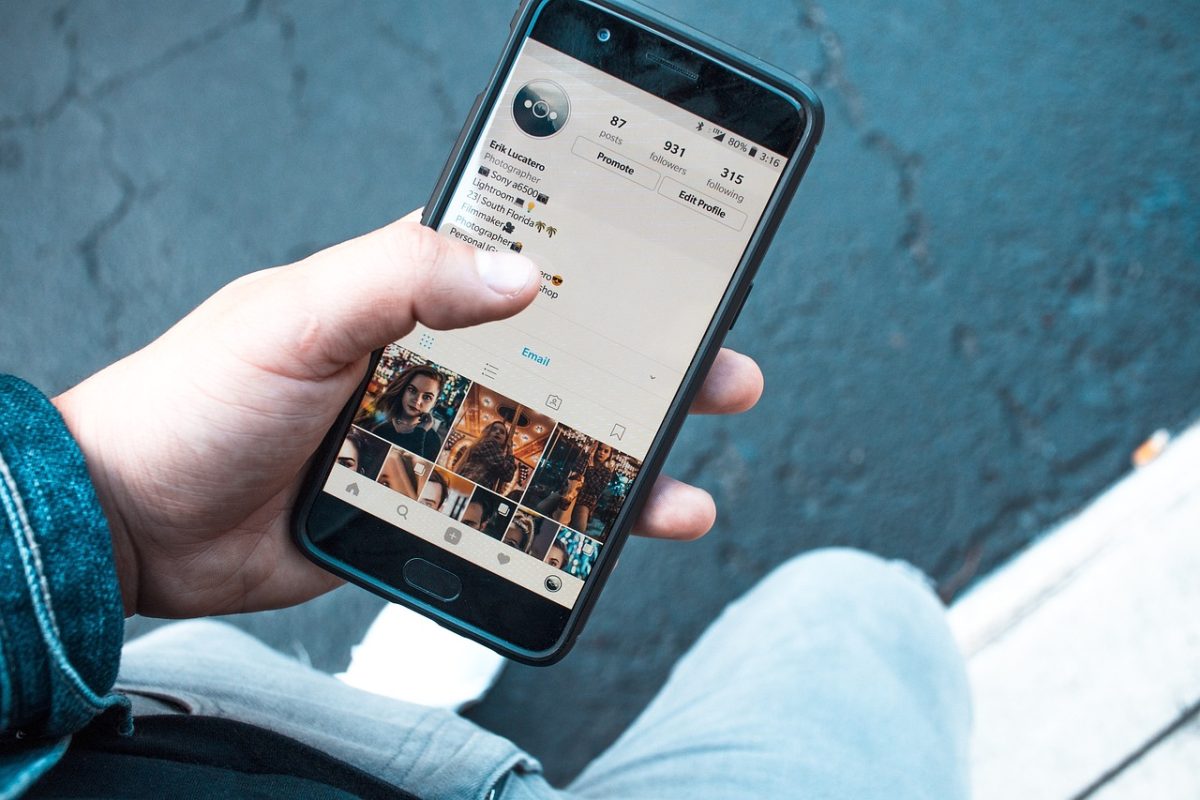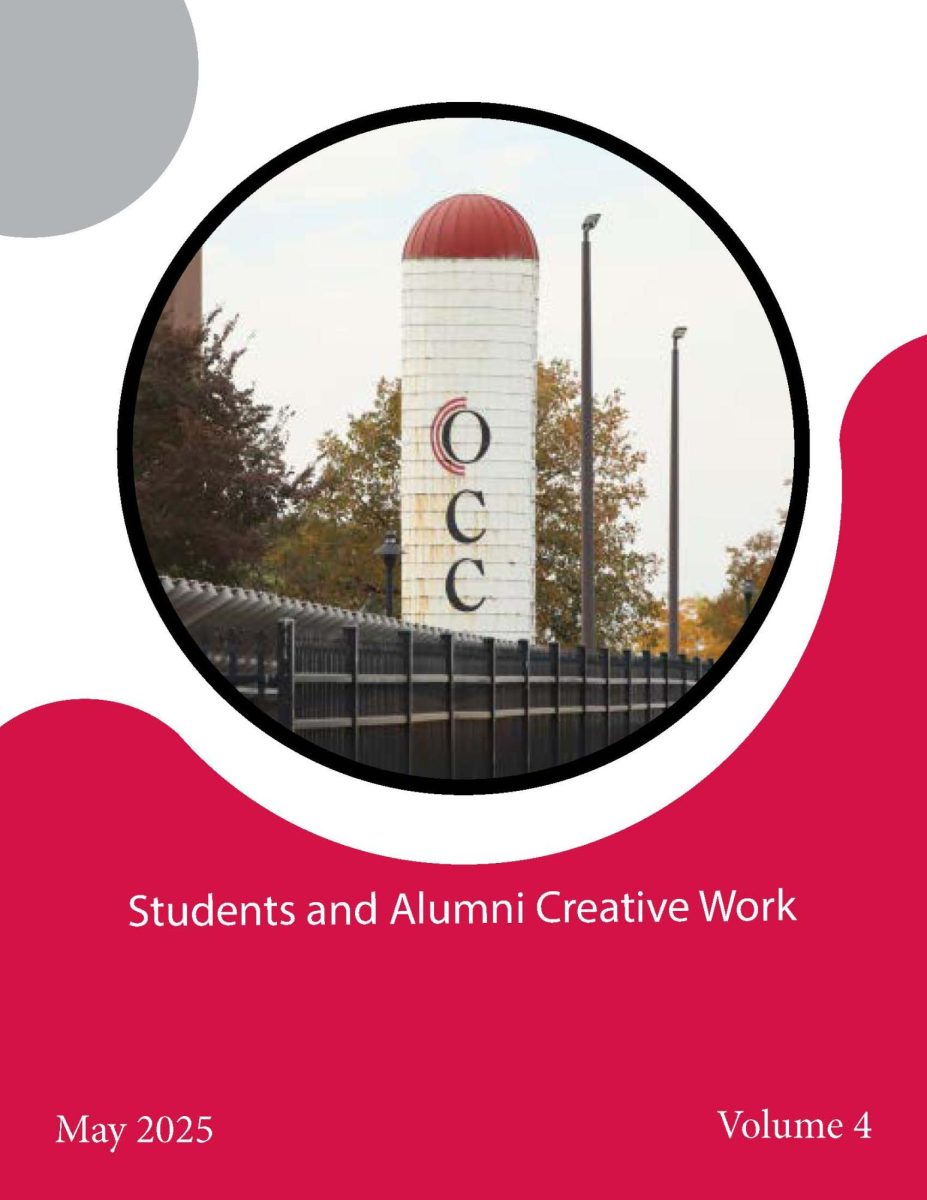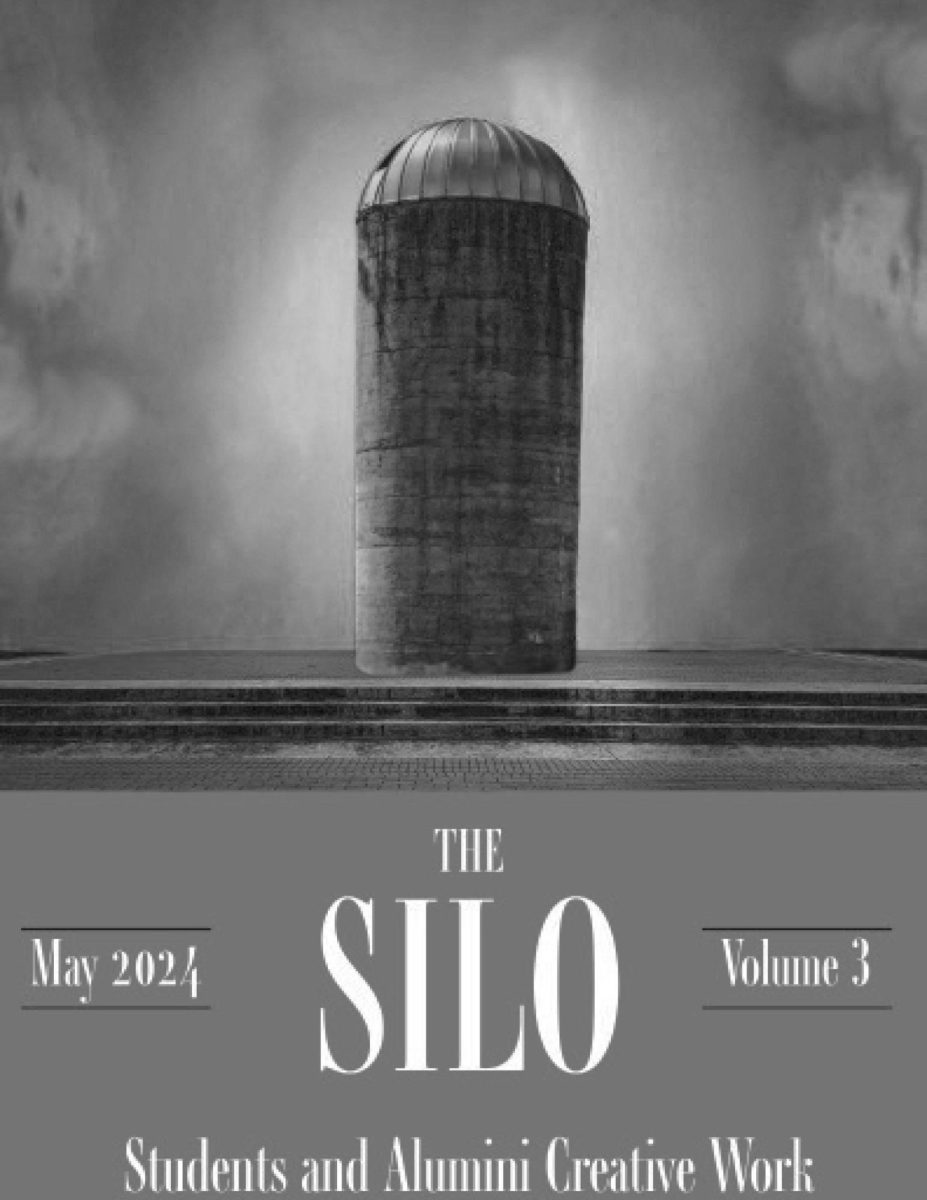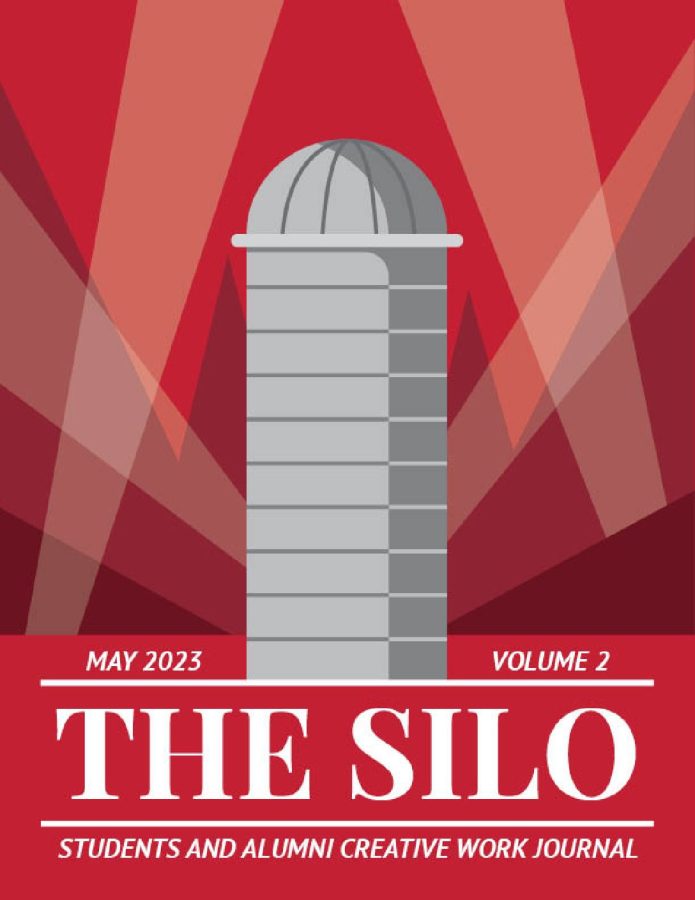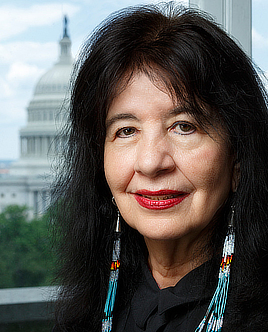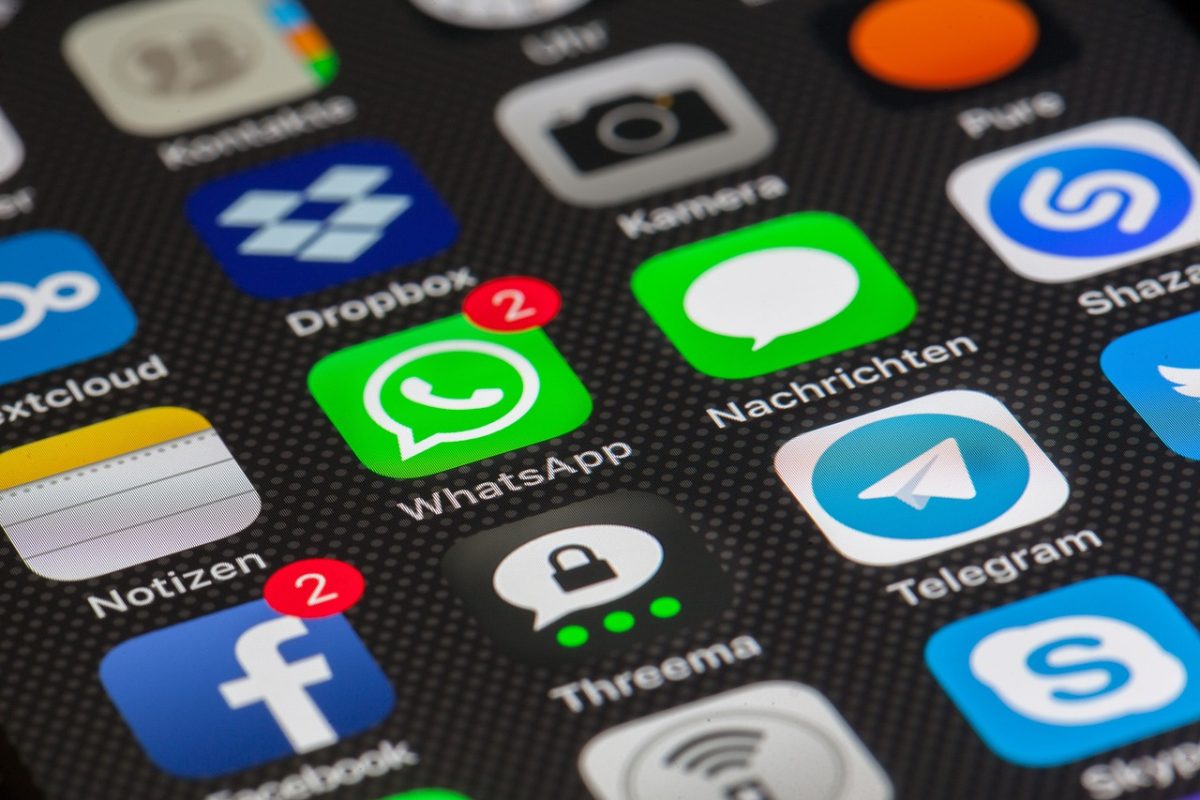As we arrive near the end of our journey with Native American culture, we’ll take a look at a few influential Indigenous figures both past and present. They have made an impact on their communities through their activism, their accomplishments and their breakthroughs.
Rachel Caroline Eaton
Dr. Rachel Eaton was born in 1869 around the area of Flint Creek, in the Cherokee Nation. She is the first Native American woman known to have earned a PhD. She was an accomplished educator, teaching in public schools in the Cherokee Nation, the Lake Erie College in Painesville Ohio, and the Industrial Institute and College in Columbus Ohio.
Dr. Rachel Eaton also wrote a book, John Ross and The Cherokee Indians (1914) which can be found on Amazon and in the Library of Congress.
Vine Deloria, Jr.
Vine Deloria was born in Martin, South Dakota in 1993. He was an author and an advocate for Native American rights. In 1964 he was elected to the position of Executive Director of the National Congress of American Indians, which is an organization that advocates for the Indigenous Nations of North America. Deloria is responsible for raising the National Congress of American Indians out of bankruptcy and boosting its membership from 19 to 156 tribes.
Having written twenty books and over two hundred articles, perhaps his most famous work of literature is Custer Died for Your Sins: An Indian Manifesto (1969), which helped spread the knowledge of the treaties brokered and broken by the United States government which forced the relocation and seizure of Native American land.
LaDonna Brave Bull Allard
Allard was born in North Dakota in 1956; her family was one of many who were forced to relocate due to the U.S Army Corps of Engineers flooding Allard’s, and many others, lands during the construction of the Oahe Dam.
She also worked as a historian to record Indigenous genealogy and culture, helping to produce the Wiyohpiyata: Lakota Images of the Contested West exhibit at Harvard.
Allard is the one to raise the alarm about the construction of the Dakota Access Pipeline and started the protest at Standing Rock against the Energy Transfer Partners corporation.
Roger Jourdain
Born in 1912 as a member of the Ojibwe, Roger Jourdain escaped twice from an Indian boarding school during his childhood. As a high ranking member of Red Lake’s Young Man’s Council, he worked to remove the traditionally white appointed leaders of the early reservation and was elected chair of the new governing council.
He is responsible for building the Red Lake reservation’s infrastructure, which include phone service, electricity and ambulances to every residence of the reservation.
Jourdain tirelessly worked to maintain the sovereignty of the Red Lake nation. He petitioned the United States government for aid and was a delegate to the 1976 Democratic National Convention.
In the years before his death in 2002, he received an award from the National Congress of American Indians.
The End of the Road
The fifth and final stop on our journey with Native American culture is now at an end, and I appreciate everyone who took the time to learn about Indigenous cultures with me. Remember that we never stop learning, and this is a great opportunity to continue to explore beyond the writings of a college student.
I implore you to go directly to the source, to the people much more qualified to teach about their culture than I am, the Native American Peoples. There are museums, websites, books, powwows and reservations you can visit personally.
Here is a place you can start. A web page of Native American organizations in Ohio made by a group of Kenyon college students.
